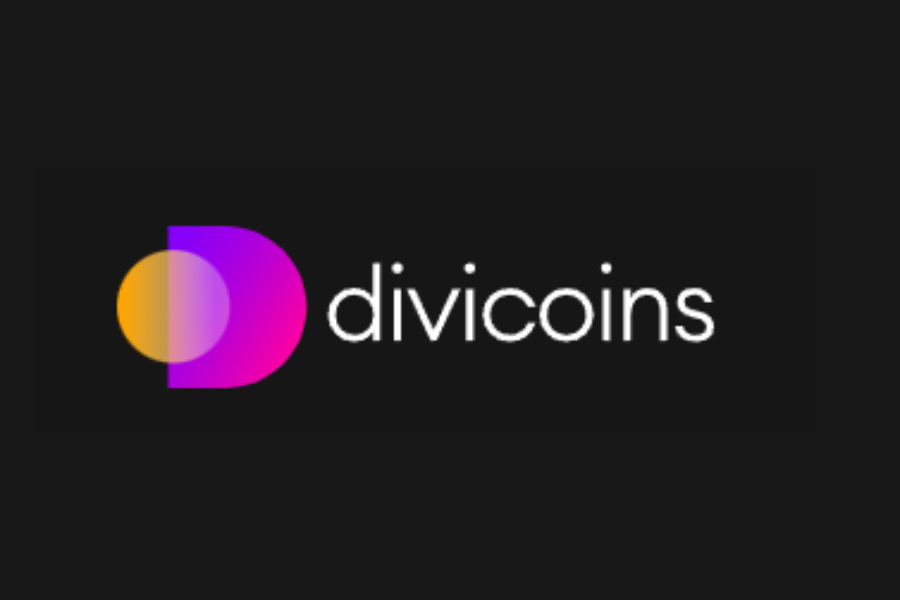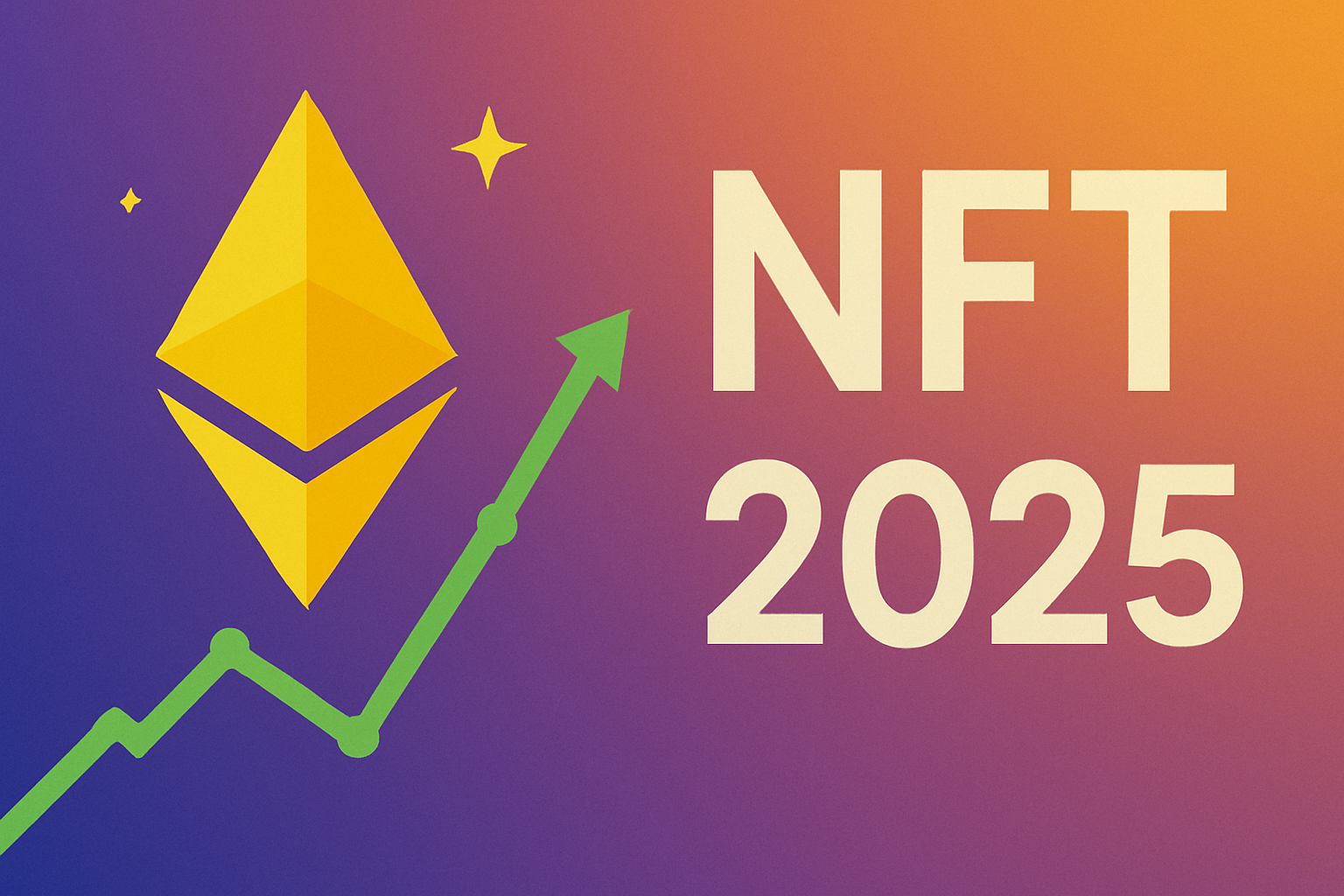Coin News
9 Steps to Follow in Cryptocurrency Development

The process of cryptocurrency development has attracted many individuals in recent years as Bitcoin and other crypto-assets gained a massive following.
Aspiring virtual currency makers have varying reasons why they want to begin their own virtual asset brand.
We are quite interested to learn about the procedure involved in cryptocurrency development. We believe sharing this informative online discussion with our followers will benefit them, especially if they are also interested in the subject.
According to the educational article posted online by the online publication Small Business Trends, which delivers updates, tips, and relevant information for business owners, experts, and influencers, many people interested in cryptocurrency development have different grounds.
Some of them want to use their own cryptocurrency for their small enterprises and promote brand awareness. Aspiring cryptocurrency developers may also want a virtual asset that is not subject to government regulation and inflationary pressures but facilitates security and savings.
Cryptocurrency development also attracts makers who intend to use their crypto-asset in fundraising and future-proofing their ventures. The following nine steps in cryptocurrency development are useful for prospective virtual currency owners:
Identify one’s aims in cryptocurrency development.
Makers should define the problem their cryptocurrency will help resolve that other crypto-assets cannot.
Additionally, cryptocurrency developers should determine whether their virtual currency will be used as a store of value, a payment system, and so forth.
Choose between proof-of-work and proof-of-stake consensus mechanisms.
Cryptocurrency development involves designing a consensus mechanism, which is how one’s cryptocurrency project will reach a consensus on the blockchain’s state.
The most common, proof-of-work or PoW consensus mechanism, is the system that Bitcoin and most other cryptocurrencies utilize.
On the other hand, the proof-of-stake or PoS consensus mechanism depends on validators staking their cryptocurrency in transaction validation. The PoS is more energy-efficient than PoW.
Select a blockchain platform.
The Bitcoin blockchain is the obvious option for developers intending to use PoW.
Meanwhile, many different platforms are available for those who want to use PoS, and they include the fast EOS, Cardano, and Ethereum.
Make the nodes.
Nodes are computers storing a copy of the blockchain. They assist in transaction validation and relaying.
Generate a cryptocurrency wallet address.
A cryptocurrency wallet address is where people will send money when buying a virtual asset. Generating one is accomplished by running the software on one’s computer or employing an online service.
Design the crypto-asset’s internal architecture.
This step consists of the transaction format, consensus algorithm, and network protocol. People involved in cryptocurrency development also need to decide their coin’s supply, which is the number of coins they will create.
Integrate the Application Programming Interface or API.
The API enables various software applications to communicate with each other. For example, integrating the Bitcoin API is for developers intending to utilize a PoW system so their cryptocurrency will interact with the Bitcoin blockchain.
Make one’s cryptocurrency project legal.
This step involves setting up one’s firm, obtaining a license from the government, and registering the virtual asset with the Financial Crimes Enforcement Network or FinCEN.
The latter is the US government bureau responsible for combating terrorist financing and money laundering. Cryptocurrency developers should also launch their projects in countries where virtual assets are legal.
Promote one’s cryptocurrency
This final step in cryptocurrency development is carried out by marketing or advertising one’s virtual currency. People need to use and accept the new crypto-asset.
After all, adoption is important for the project to succeed. Listing one’s virtual asset on cryptocurrency exchanges will help in promotional efforts, letting people easily buy and sell the cryptocurrency.
We think these nine steps in cryptocurrency development are useful and easy to follow.
We recommend our readers who may be aspiring to become cryptocurrency developers look into this helpful step-by-step guide on making a cryptocurrency.





























